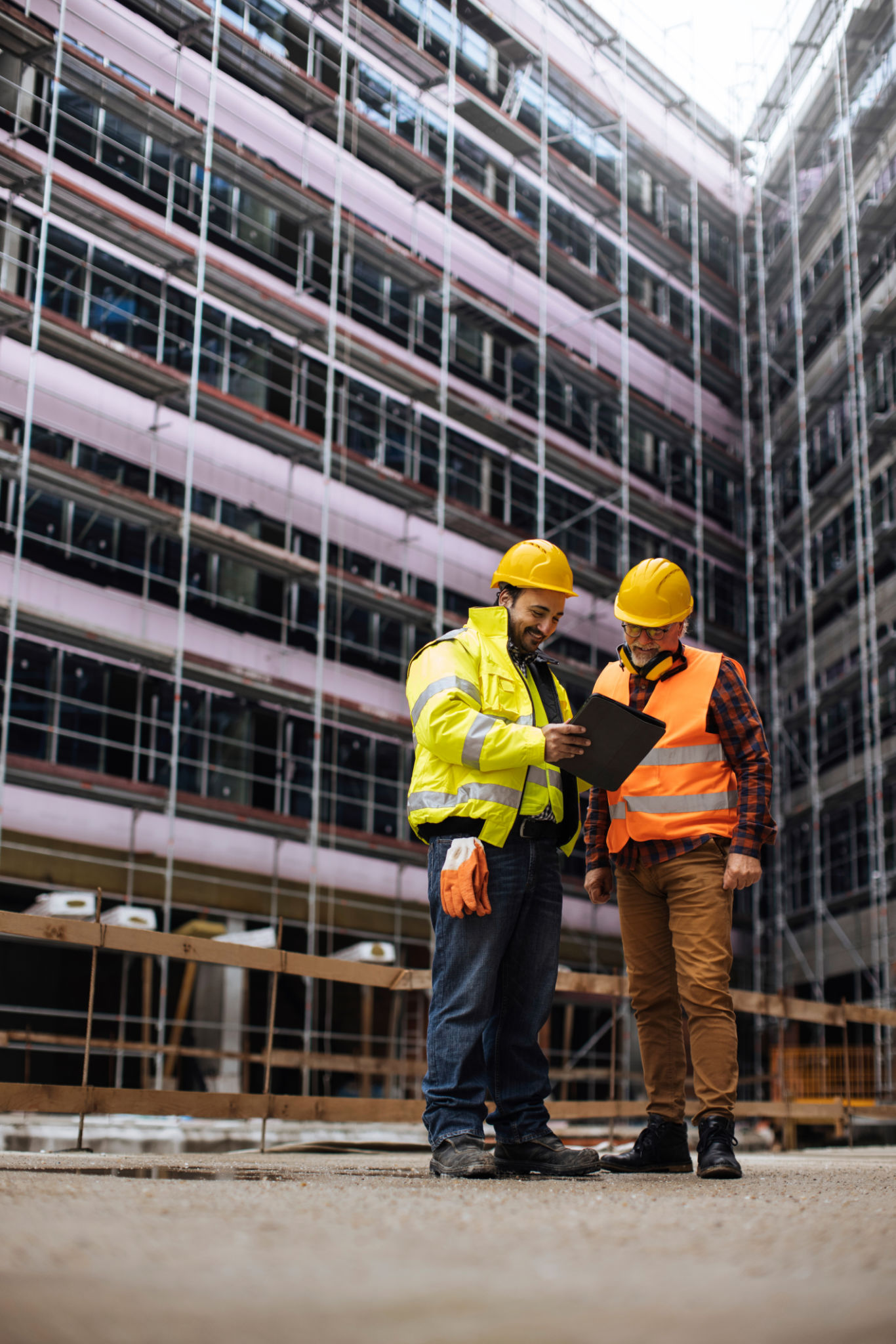The Future of Home Living: How Prefabricated Homes Are Redefining Modern Architecture
Introduction to Prefabricated Homes
In recent years, prefabricated homes have emerged as a revolutionary trend in modern architecture. These homes, often referred to as prefab homes, are manufactured off-site in advance, usually in standard sections that can be easily shipped and assembled. This innovative approach to construction is redefining the future of home living, offering numerous benefits that cater to the needs of contemporary lifestyles.

The Rise of Prefabricated Homes
The appeal of prefabricated homes is growing rapidly due to their cost-effectiveness, speed of construction, and environmental benefits. As traditional construction methods become more expensive and time-consuming, prefab homes offer a practical alternative. They provide a streamlined approach that reduces waste and minimizes environmental impact, making them an attractive option for eco-conscious consumers.
Cost-Effectiveness and Speed
One of the most significant advantages of prefabricated homes is their affordability. By manufacturing components in a controlled factory environment, builders can significantly reduce costs associated with labor and materials. Moreover, the assembly process on-site is much faster than traditional construction, allowing homeowners to move in sooner without sacrificing quality.

Design Flexibility and Innovation
Prefabricated homes are not limited to cookie-cutter designs. Advances in technology and architecture have enabled a wide range of customizable options. Homeowners can choose from various styles, layouts, and finishes, allowing them to create a space that reflects their personal taste and lifestyle. This flexibility in design is one of the key reasons why prefab homes are gaining popularity.
Innovative Architectural Solutions
Architects and designers are continually exploring new ways to push the boundaries of prefabricated home designs. From sleek modern aesthetics to rustic charm, prefab homes can cater to diverse architectural preferences. This innovation is opening up new possibilities for creating sustainable and efficient living spaces that are both functional and visually appealing.

Sustainability and Environmental Impact
Sustainability is a critical consideration in modern home construction, and prefabricated homes excel in this area. By optimizing resource use during manufacturing and reducing on-site waste, these homes have a substantially smaller carbon footprint compared to traditional builds. Furthermore, many prefab homes incorporate energy-efficient features such as solar panels, high-performance insulation, and smart home technologies.
Eco-Friendly Living Solutions
The integration of eco-friendly solutions in prefabricated homes is a testament to their commitment to sustainability. Whether it's through the use of recycled materials or incorporating green roofs, these homes are designed with the environment in mind. Homeowners can enjoy reduced energy bills while contributing to a healthier planet.
The Future of Prefabricated Homes
As technology continues to advance, the future of prefabricated homes looks promising. The industry is poised for growth as more people recognize the benefits of this innovative approach to homebuilding. With ongoing advancements in design, materials, and technology, prefab homes are set to become a cornerstone of modern architecture.

Embracing Change in Home Living
In conclusion, prefabricated homes are redefining the way we think about home construction and living spaces. Their ability to combine affordability, speed, sustainability, and design flexibility makes them an ideal choice for the modern homeowner. As we look towards the future, embracing this change could lead to smarter, more efficient living environments that cater to our evolving needs.